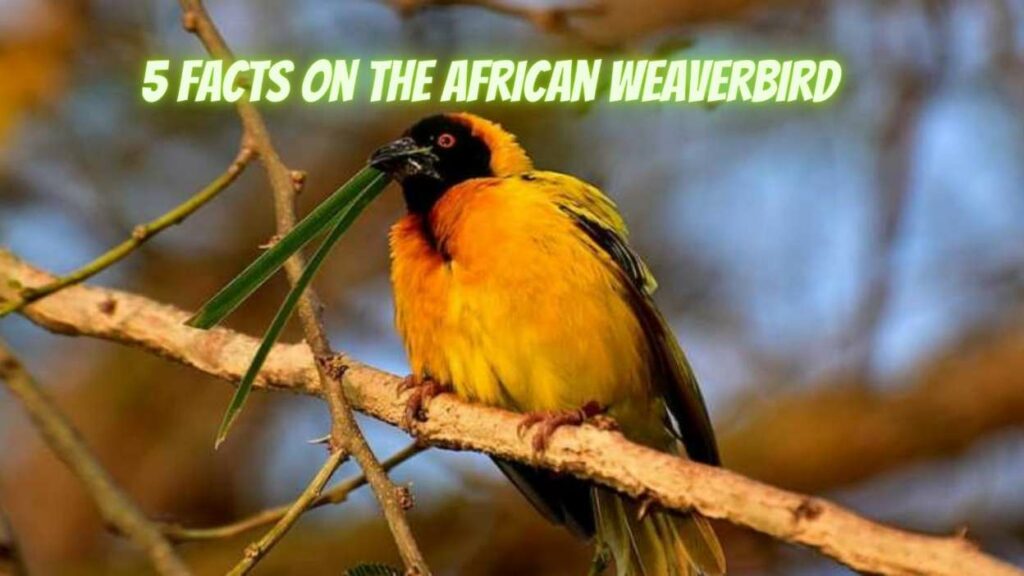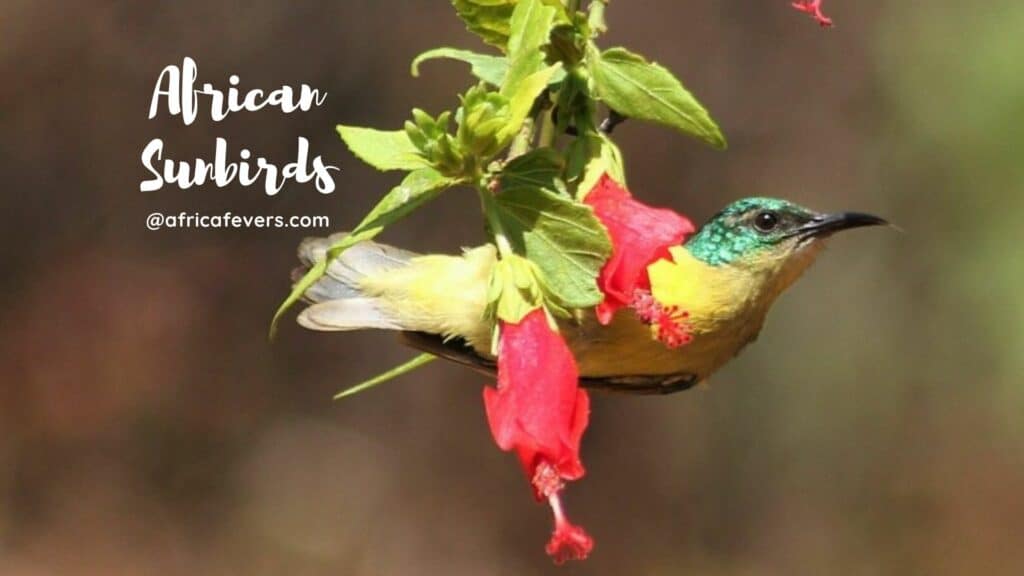Whenever I spot a herd of zebras grazing on the savanna, my mind races: are they attending an exclusive black-and-white gala? Those stripes are eye-catching and bold; you’d think they’d make zebras easy prey. So why the dramatic makeover?
Scientists once floated a range of ideas: camouflage, social signaling, and even built-in cooling systems. But the most surprisingly clever answer we’ve zeroed in on? Those stripes keep the flies away.
Zebra Stripes as Insect Repellent

If you’ve ever been on safari, you’d know that tsetse and horseflies aren’t just irritating: they’re downright vicious. They bite, they buzz, and worst of all, they spread diseases like trypanosomiasis. Yet zebras get bitten far less often than nearby cattle or buffalo.
I’ll never forget one afternoon: I sat in an open safari jeep, slathered in bug spray, swiping at flies like crazy. Meanwhile, a few meters away, a group of zebras munched quietly and almost tail-flick free. That’s when I thought, there must be magic in those stripes.
And you know what? Science backed it up. A landmark 2022 field study in Kenya (by Tombak and colleagues) hung real zebra and impala pelts in an enclosure and watched hungry Stomoxys flies choose between them.
Time after time, the insects steered clear of the striped zebra pelts, even at close range. It turns out, stripe width didn’t matter much—flies avoided both wide and narrow stripes equally.
How the Stripes Trick the Flies
Why do stripes work so well? Researchers suspect a few mind-bending optical tricks:
- Visual illusion – Think of the “barber-pole effect,” where stripes distort perceived motion or depth. Flies nearing a striped surface may misjudge distance or speed, making a smooth landing impossible.University of Bristol WIRED
- Interfering with optic flow – Stripes disrupt the visual information that flies use to slow down and land precisely. Instead of settling, many crash or fly off.PLOS
Whatever the exact mechanism, stripes basically foil the fly’s landing attempt.
Isn’t that interesting!
Do Zebra’s Stripes Help Against Lions Too?
So if stripes foil flies, do they also baffle predators? Lions don’t see color the way we do, as they rely more on movement. A single zebra standing still is visible. But a herd in motion? A mass of rolling stripes. That blur may make it tough for a lion to single out and isolate a target. Not a perfect defense, but every advantage counts.
Side Perks Worth Mentioning
Scientists have debated additional benefits—stripes could aid social recognition (like fingerprints), or promote subtle air currents for cooling. Yet the bulk of evidence confirms fly defense as the primary advantage; the rest feel like well-earned bonuses.

🦓 Safari Tip: Where to Spot Zebras
If you want to see zebra stripes in action, you’re in luck — zebras are among the most common sightings on safari. But some places are truly unforgettable for zebra encounters:
- Hwange National Park (Zimbabwe) – Herds gather in large numbers on the open grasslands, especially in the dry season. Plan Hwange safaris and stay here
- Serengeti (Tanzania) – Best known for the Great Migration, where thousands of zebras travel alongside wildebeest across the plains. See Serengeti lodges here →
- Masai Mara (Kenya) – Another migration hotspot, with big herds visible almost year-round. Browse Masai Mara stays →
- Etosha National Park (Namibia) – Waterholes here are often ringed with zebras, giving you great chances for close-up photos. Etosha camps and lodges →
Conclusion: Nature’s Multi-Tasking Design
Stylish and smart: zebra stripes aren’t just a look; they’re a life hack designed by evolution. Did you ever think that this was a way to explain by science why zebras have black and white stripes?
Leave a comment down below in the comment section and tell me about your thoughts!
I wish you happy safari’s!
Kind regards,
Lizzy
I now have a YouTube channel as well!
YouTubeWant to dive deeper?
Here’s one standout scientific article if you’d like to explore more:
- Tombak, K. J. et al. (2022), Zebras of all stripes repel biting flies at close range, Scientific Reports—a controlled field experiment showing how flies consistently avoid striped zebra pelts compared to tan impala pelts, even when stripe width varies naturally.Nature

Hello Africa travellers!
Who am I? Well, the least you can say is that I am quite crazy about Africa, its nature, its climate, its culture, and more.
As a young woman in my twenties, I had already traveled to several African countries by traveling along in an overlander on my own and mostly camping ( or glamping ) and just fell in love with the diversity of it all.
So much, so that at the age of 26, I went back to university to study biology, which, unfortunately, I couldn’t finish because of health reasons (yes, I got sick from a tropical disease, oh cynicism). But this did not stop my dream of traveling back to Africa several times, and I still do.
My dream was back then to leave Europe and go study animal behavior, especially the elephants (sure, that’s every girl’s dream haha), but I am also very much intrigued by hyenas and other “ugly African animals“.
So, I “kind of” have a little bit of a scientific approach to my articles, when I write about African birds, for example. And most of all: the passion.
But life goes on, you move from one side of the country to the other, you get sick again and top it off with lower back problems, and before you know it, you are over 50 hahaha!
Now, I still travel to Africa, but take it a bit “easier” than the good old camping days, and stay in comfortable, yet affordable accommodations, together with my husband Wouter.
These are some of the countries I have traveled to: Kenya, Tanzania, Zanzibar, Malawi, Zambia, Zimbabwe, South Africa, Namibia, Botswana, Tunisia, and a little bit of Lesotho LOL .
While clearly not being African territory, but Spanish, I also visited Gran Canaria and Tenerife, and location-wise, I consider them “African”, because of their climate and nature, sue me :-p
The last trip I took was to South Africa in the year 2023, and it sure got the fevers for Africa back! From the Barberton mountains to the Drakensberg and the Southcoast, one month wasn’t enough at all to see the whole country, so we’ll be back! At ease and with a little bit more luxury than in my younger days haha!
I wish you happy travels!
Kind regards
Lizzy







